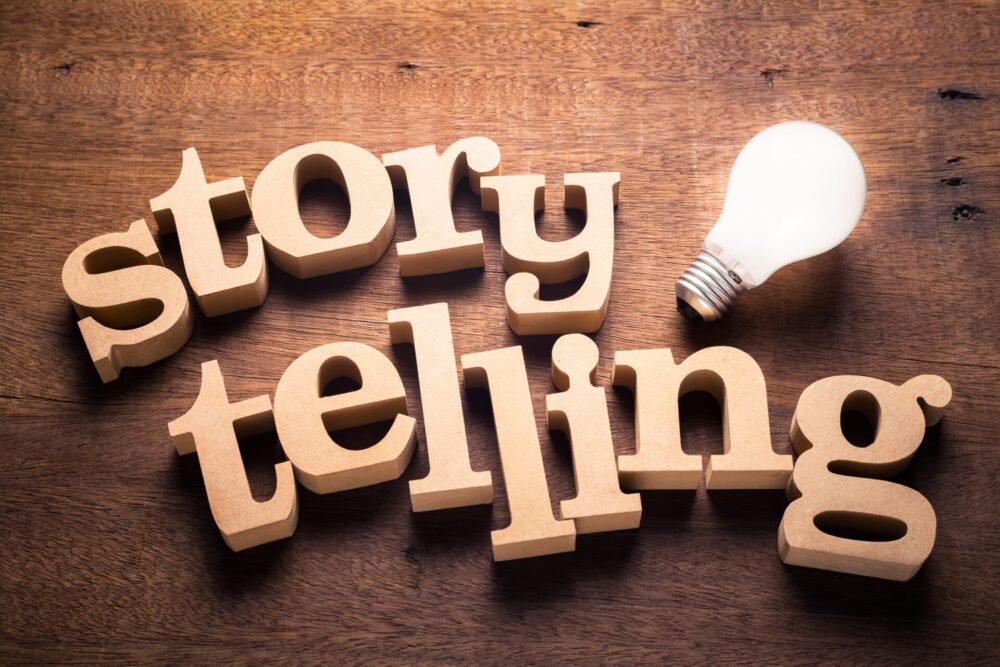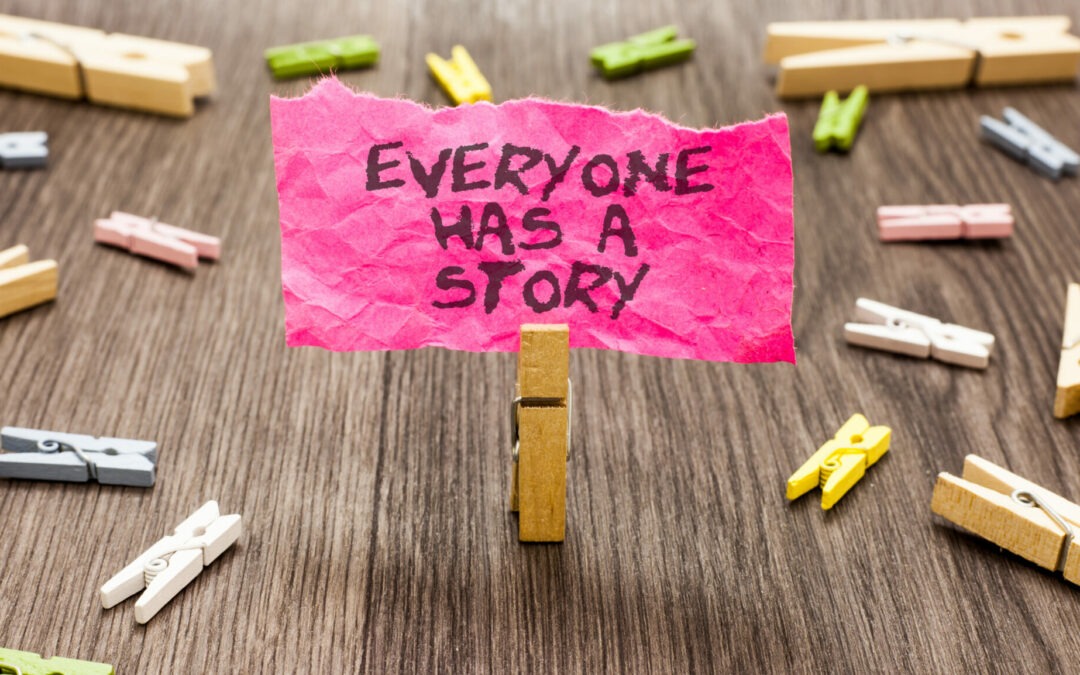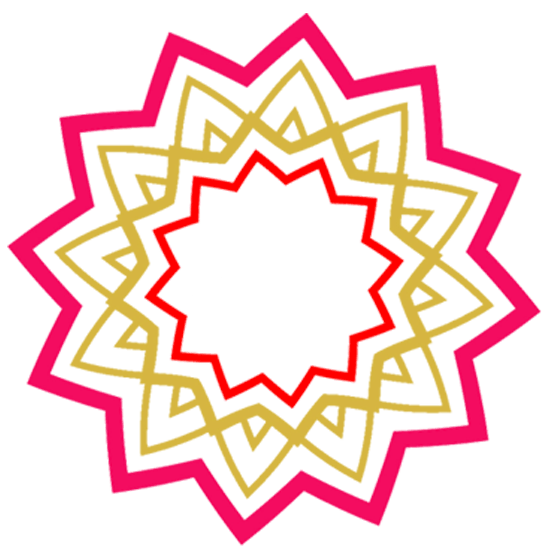Storytelling is a way that human beings have communicated for thousands of years.
Back when we were still sitting around campfires and roasting slabs of meat on skewers, we were telling stories to each other. So it stands to reason that storytelling today is just as important when we communicate and connect.
It’s the oldest way to deliver a message or to explain what is going on around us. Storytelling is used in The Bible and also in The Koran.
Don’t think storytelling as a marketing technique is limited to big companies with extensive ad budgets. You’re most likely using storytelling in your business right now. Even if it doesn’t sometimes feel like that. But how do you know it you’re doing it right?

If you’re a small business, how do you tell your business’s story so it can really highlight what you do and how good it is?
Having worked as a journalist and editor full time for over 20 years before copywriting, I told people’s stories week in week out. And would you believe that there are actually 7 principal ways you can make sure you have got some really great components in your story? That’s whether it’s on your website, your social media, or your blogs.
Here are the most successful ways you can utilize storytelling in your business, so you really connect with your customers.
The 7 Principals Of Using Storytelling In Your Business
The Hero And The Enemy
Think about any fairytale you have read. What about any film you’ve seen? Every story needs to have a good guy and a bad guy. Who are your hero and your enemy? Here’s the secret: your hero and enemy don’t have to physically be a person.
They can actually be a concept, a problem to overcome (physically or mentally), a system, or even a fear. For example, your hero could have a terrible fear of heights. That would be the enemy of the hero. The ark of your story? How the hero beats the enemy.
Here are some questions you can ask yourself: What would be the core enemy of your customers when it comes to your business? What is the danger to your customers when it comes to purchasing or using your service? Is that danger wasted money? What’s is the pain point that they suffer from when it comes to your service or product?
For example, if they don’t purchase your service or product, do they end up wasting money elsewhere? If they don’t buy your service or product, do they suffer from unfulfilled dreams?
Here’s a real-life example. What about that luxury holiday that they always dreamed of? If they don’t buy it, does it leave them feeling sad and miserable? Are they staring into an abyss of rain-filled days because they can’t go and lie on a beach in the sun? Is that their unfulfilled dream?
Here is another one. Is it a case that if your customers don’t use your luxury hair products, they end up with bad hair and feeling insecure and miserable about their appearance? These are all things that you can think about when considering the enemy and the hero of your business’s story.
Take out any irrelevant detail
Having details that don’t move your story towards an angle or develop your’s characters is a waste of time. You have to keep the reader’s attention. Let’s face it when someone lands on your website page or looks at your Facebook ad, you’ve literally got between 3 to 7 seconds to keep their attention. They don’t need to get into the specifics when it comes to the ark of your story.
For example, if you’re talking about your high-end shampoo brand that leaves hair silky soft, and it happens to have 30 different types of jojoba oil in it, knowing it has 30 different types of jojoba oil in it actually moving your customer to a better end goal?
Do they need to know the specifics of that? Or is it actually they just need to understand that the jojoba oil leaves them with silky smooth hair that’s easier to brush? Then they are feeling more confident and happier with how their hair looks after using your shampoo? You don’t need to tell them about it if it doesn’t move the story ahead.
Use conflict in your storytelling
Don’t we all love a bit of conflict? (If you said no, ask yourself again!) We all like to see battle and friction between an enemy and a hero and look at how that happens. Now think about this in relation to your business. It could show up where you are trying to figure out how to defeat a problem.
A great example of this is TOMS shoes. Founder Blake Mycoskie wanted to come up with a way of creating shoes while giving back to those who couldn’t afford them. His company can now proudly say the TOMS community has had a positive impact on over 100,000,000 lives.
Conflict also describes the obstacles that you have struggled with to get to your success. It could have been a problem like losing all your supplies and then working out how to get them back and make your business work. If you’ve had no struggle, then people don’t identify with you, and it’s not a very good story. And by the way, admitting you’ve had struggles is not a sign of weakness. Far from it!
Make your story visual
Remember back to when you were a kid, and children’s storybooks were full of pictures? Many of the greatest stories that you have read have been turned into movies. And the reason they work really well is that while you can tell a story by speaking, it needs to be completely riveting to draw your reader in. If you add images to back that up, it makes it even better.
Add surprise to your story
Have you seen the film The Goonies? When the gang are trying to find One-Eyed-Willie’s secret treasure, there’s a scene where they end up falling down into a secret tunnel. The group scream, and no doubt so did you! Surprises can be good and bad. And you know that if you’re a good storyteller if you have no surprises, it can be boring for your reader.
Tell a story like you talk
Have you ever found yourself getting bored when you’re reading a website that uses loads of corporate jargon? There’s a reason for that. We are used to using stories and listening to them as somebody would talk to you. So if you use heavy corporate speak or language, it’s going to turn your reader off, and they’re just not going to get it.
Make your story easy and personal for your reader
Suppose someone reads your storytelling when it comes to your product or service. They identify with it, or they see themselves reflected in it. In that case, you’ll make a much stronger connection.
Even better, if they actually see a real person having experienced what they have been challenged by, they’re going to identify with it and want to engage with what you’re offering them a lot more strongly.
Also, by revealing your hand, in which case I mean showing that you also have had weaknesses and fears, they can see that you get them and you understand them.
This is a very subtle power in storytelling. When you are telling your own story, often you’re telling someone else’s story as well. And these are the people who are your ideal audience. So they’re also those people who are most likely to buy from you.
Where can you use storytelling?
On your about page
Your about page is often a very easily overlooked place that you can actually engage your client and customer. You can use it to move them to want to work with you. There is a reason for this. It’s because here you get to reveal to them exactly who you are, what motivates you, and why you love what you do. These are all points of connection with your audience where they identify with you. It moves them towards having a stronger relationship with you.
Attracting employees
Using stories to attract new employees is a way you can explain why and how your business works and why you have your worldview. What is your company’s mission statement? Why should they want to work with you? By telling your story, you can get like-minded people attracted to wanting to be part of what you are doing and bringing to the world.
Your blog
Blogs are a great way you can tell a more extended version of your story. Or you can use your blog as a mini-story to explain how something that you do or an aspect of your product or service works.
In your blog, you could talk about an experience that you had as a kid and then refer that through to your business aspect; how did it inspire you? Remember at the beginning of this blog I told you working as a journalist, I would tell people’s stories week in week out? That is a way of telling you I can write good stories, and it associates with the content of this blog. (See what I did there?!)
For example, if you are an exclusive skincare brand, you could tell the story of how one of your clients used your product, and it got rid of their terrible psoriasis. This enabled them to have the confidence to go on a dating website where they met their husband. And now they are married and have two children and are happier than they ever dreamed possible. And when they look back to that moment, when they were too frightened and embarrassed to leave their home because of how bad their skin was, they realized how using that skincare product changed their life. That testimonial story in your blog will speak directly to someone who would use your skincare product.
Videos
Video is an excellent way of telling your story visually so you can actually talk to your client on a different level. Did you know that the brain engages in a completely different way when you watch a video when you read text? Did you know that 46 percent of online users take some sort of action after viewing a video? And if you can combine the two, it gives you a double whammy of storytelling power.
Conclusion
Never underestimate the power of storytelling in your copy. Whether you are telling a story on your website or a short-form story in a social media post. Maybe you’re using your story in a blog. These are all ways you can use this powerful thousand-year-old tool to establish that relationship and connection with your ideal customer or client. Show them through the power of storytelling how wonderful you are doing and how you can change their lives for the better.
If you liked this blog post, then check out my blog post on how to use your brand guide to speak your client’s love language.



Recent Comments